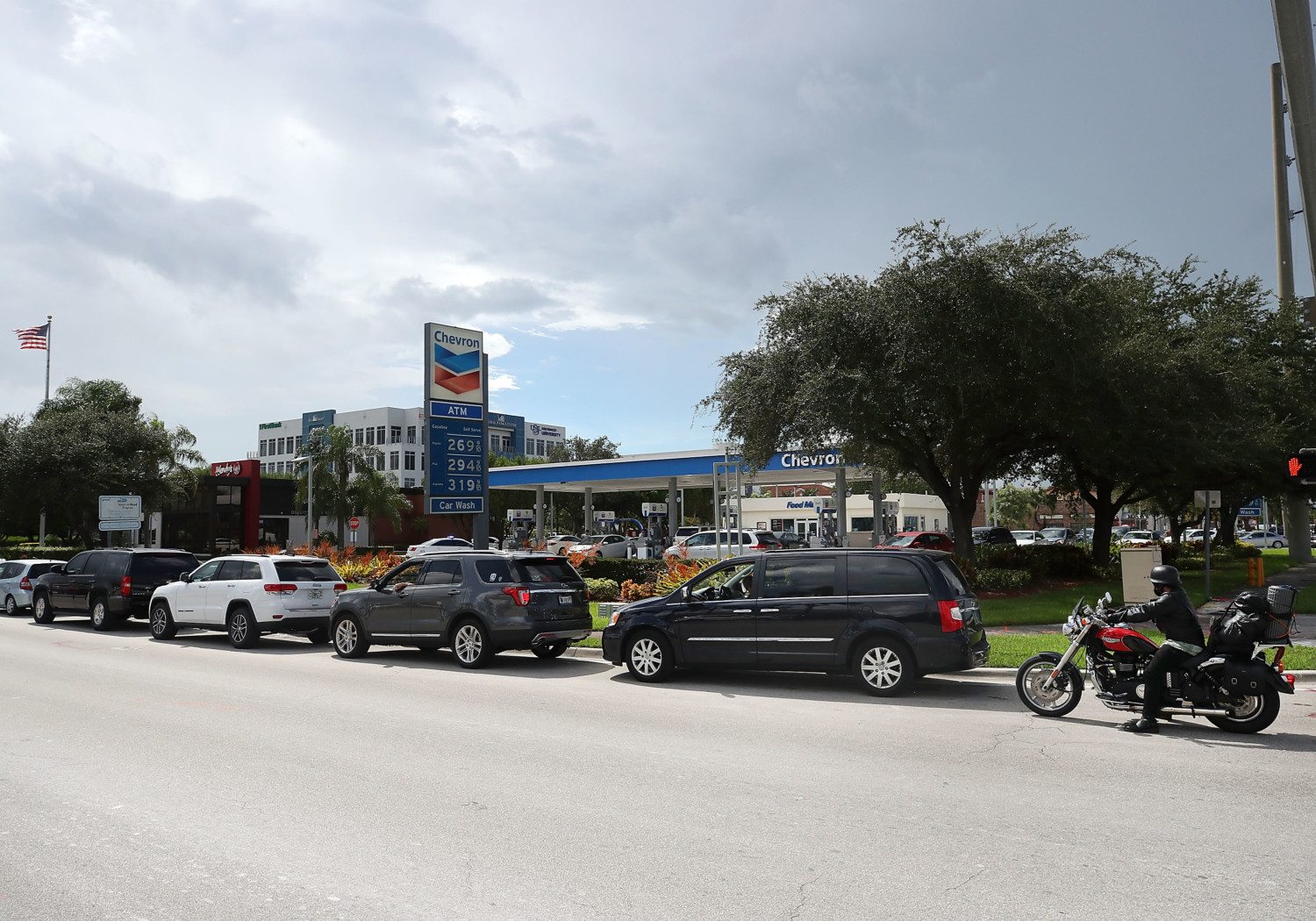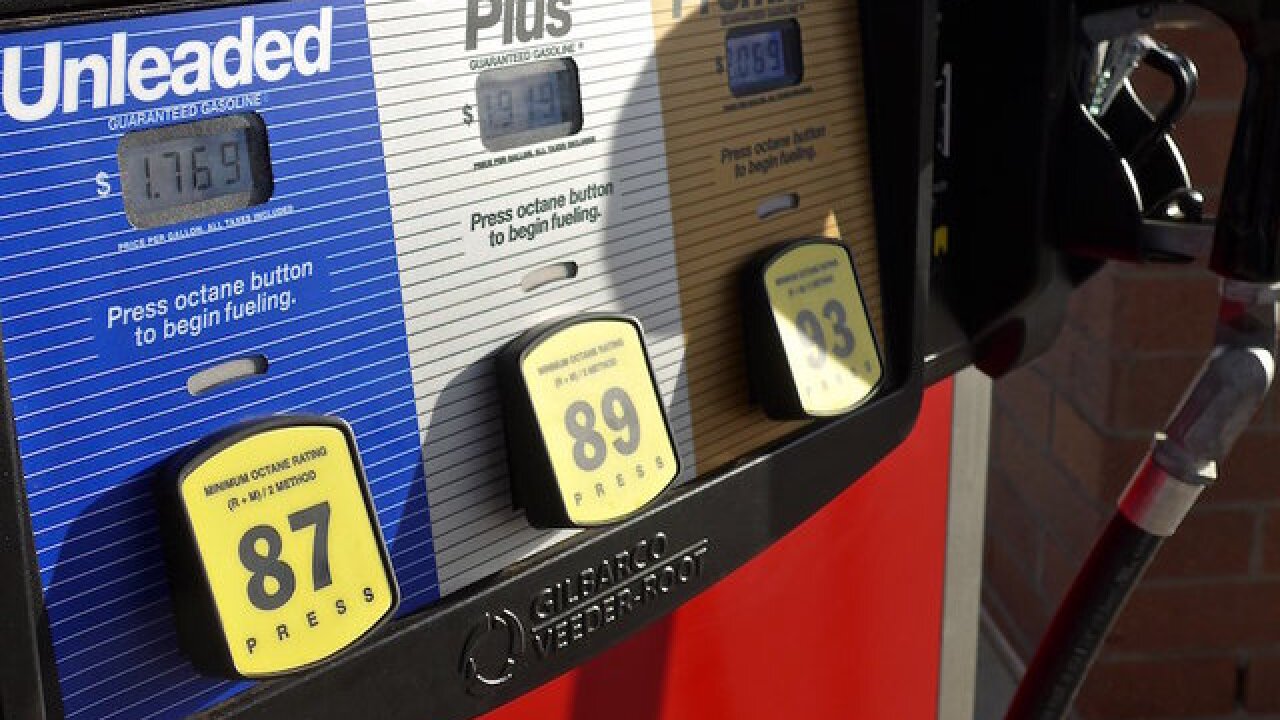As Hurricane Irma whipped through Florida, many residents made both plans and back-up plans to brace for emergency.
In the event of a possible power outage, Floridians stocked up on flash lights, batteries, water, pet supplies, and food. Some even rounded up lists of gas stations that pump gas without electricity.
But exactly how do gas stations pump without electricity?
As it turns out, gas stations that pump while the power is out rely entirely on transfer switches and generators. In the past, gas stations weren’t required to have generators or an alternative way to power their gas pumping if the electricity went ou t— so during a blackout, residents would be left without power and gasoline.
After a string of hurricanes swept through the south of Florida in 2004 and 2005, lawmakers passed a bill requiring that any fill stations on evacuation routes install transfer switches, allowing them to switch over to generator power in the case of an emergency.
Oil companies with more than 10 stations in one county — like Exxon Mobil and Shell — need to have portable generators available within 24 hours. Smaller gas station chains are exempt from that rule, but some still have transfer switches installed or generators on hand.

But How Do The Generators Run?
A portable generator relies on gasoline or diesel to run, whereas an automatic or standby generator, which is a permanent fixture in a building’s electrical system, relies on natural gas, propane or diesel to operate.
If you’re looking to buy gas after Irma hit, consider using Gas Buddy, an app that gives live updates about which gas stations do (and don’t) currently have gas.
This story originally appeared on Simplemost. Checkout Simplemost for other great tips and ideas to make the most out of life.


